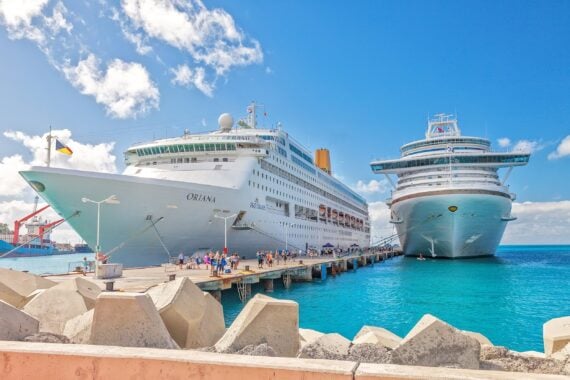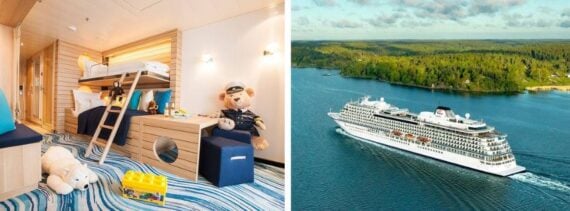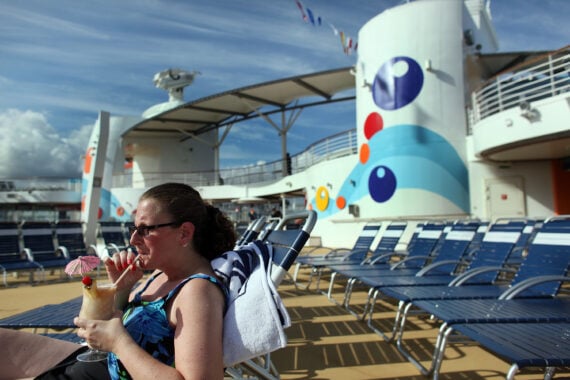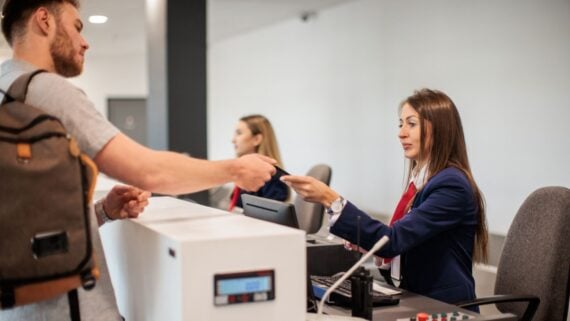There are many wonderful things about cruising — the endless food, the variety of entertainment, the ease of visiting multiple destinations without packing and unpacking repeatedly — especially when doing it right. But nothing is perfect and there are sure to be some hidden catches that your ship’s brochure doesn’t advertise outright. We reached out to a handful of cruise industry experts, including PriceLine and CruiseHabit, for insight about some of the expenses travelers might not realize are part of a cruise holiday.
PORT FEES
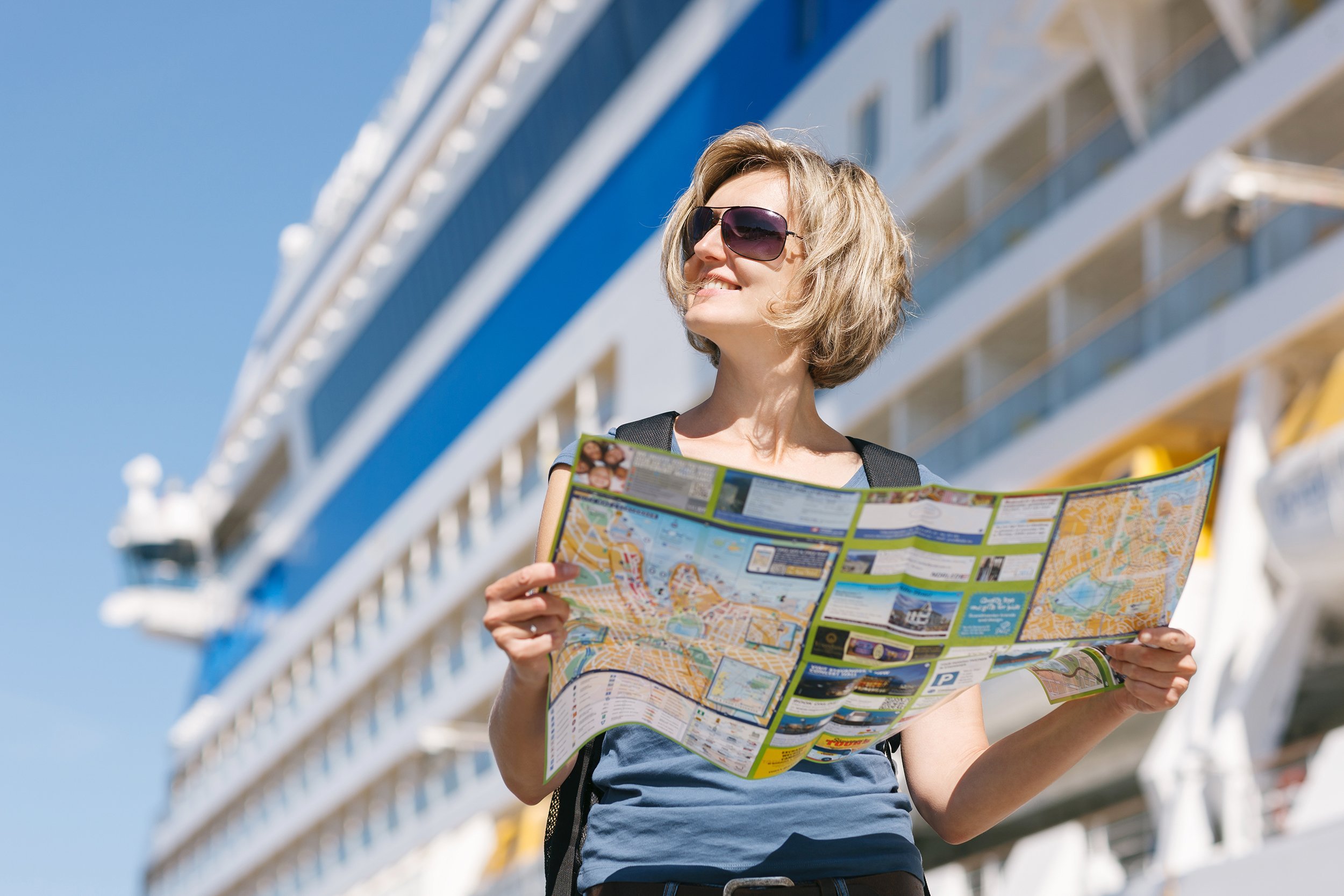
Cruise line port fees get passed on to passengers and can increase a base fare substantially, says Billy Hirsch, founder of CruiseHabit. Worse: The fees aren’t typically included in advertised fares — they’re price increases added at the last minute before buying and “vary by port, which is why, for example, you’ll see much higher port fees for Alaskan ports compared to those in the Caribbean.”
ALCOHOL
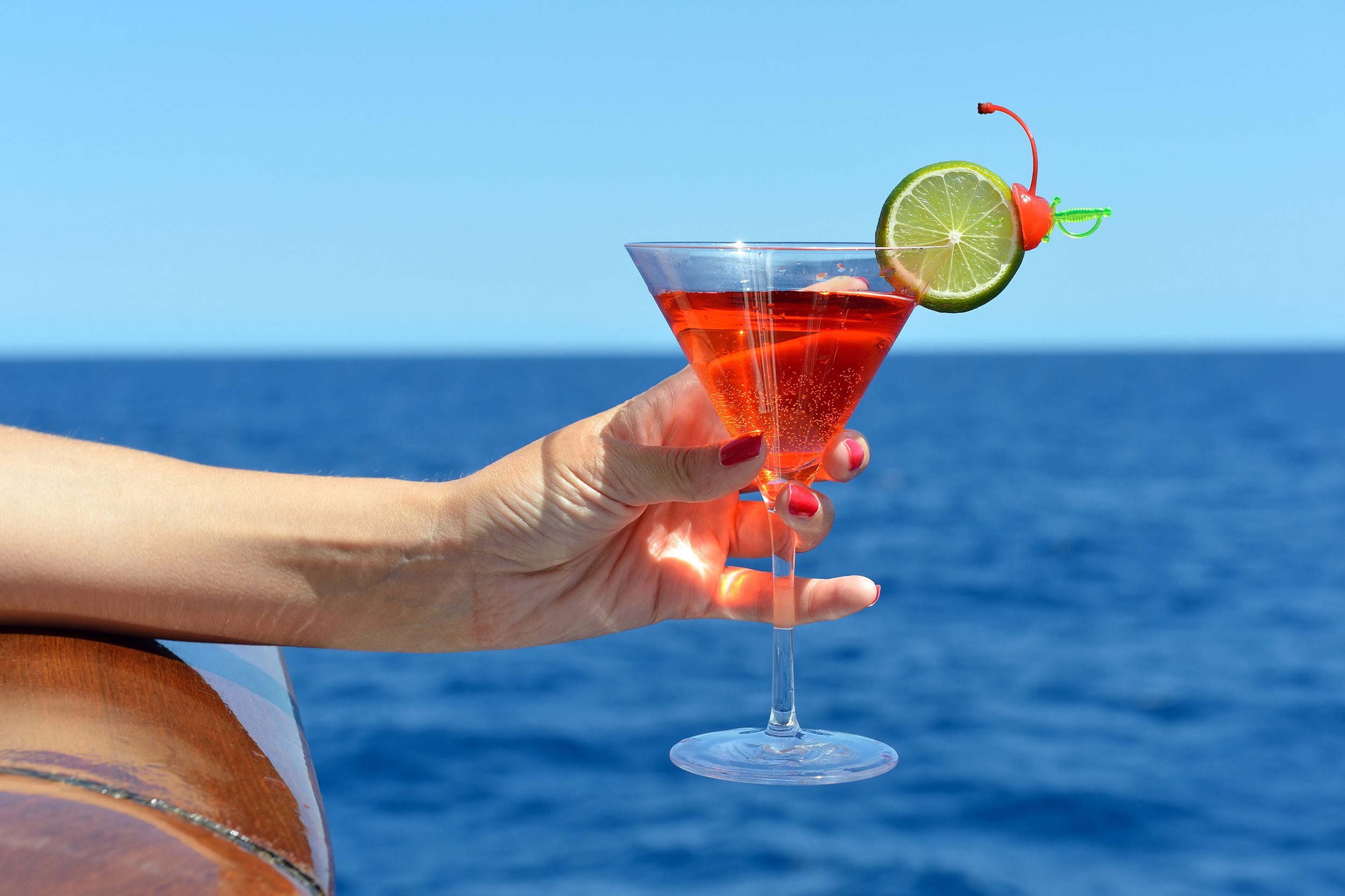
Except for luxury lines, North American cruise lines do not typically include the cost of premium beverages such as wine, mixed drinks, or beer in cruise fares, Hirsch says. Consider a flat-fee drink package. Without one, beverage bills at the end of a cruise can be a bit of a shocker.
COFFEE
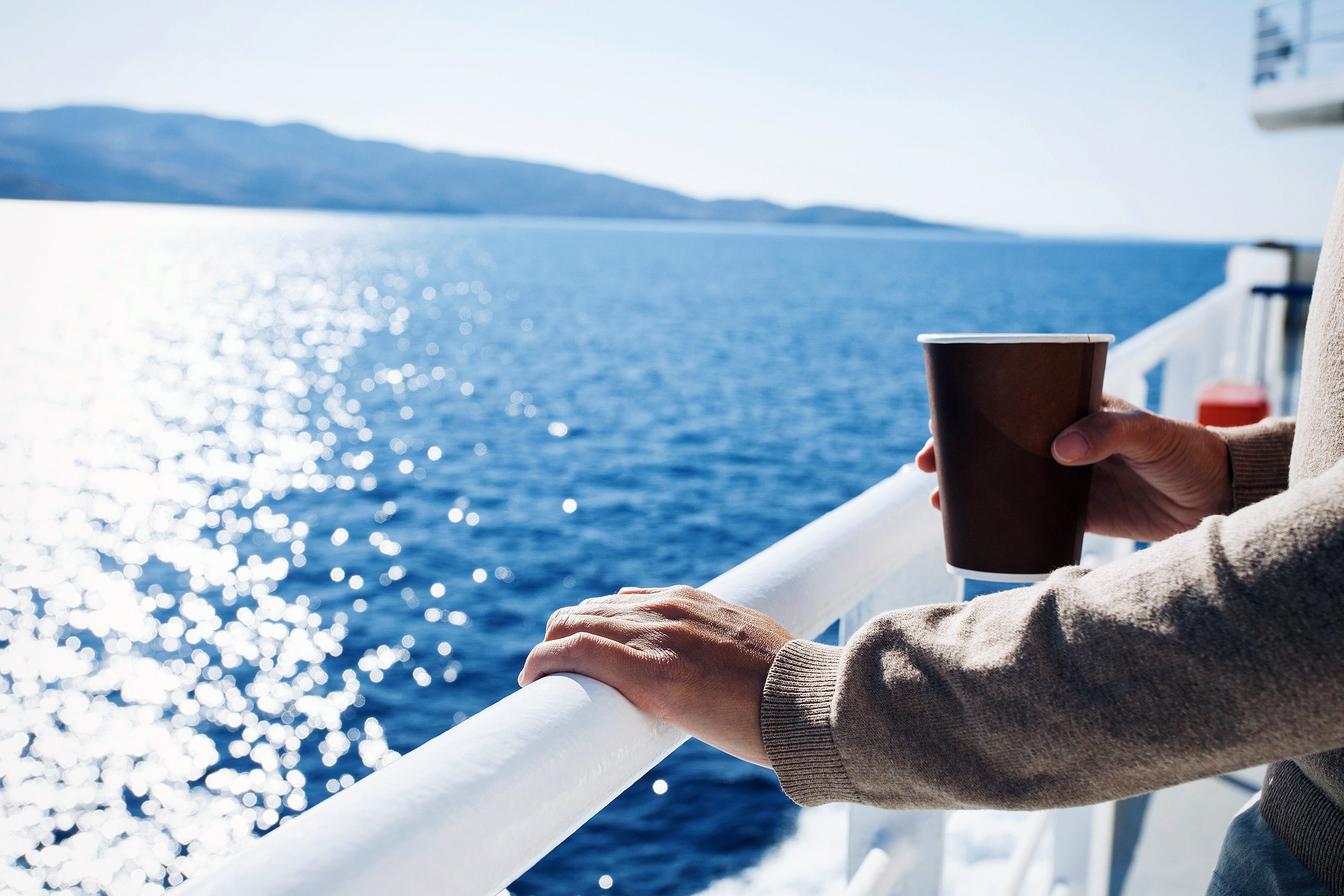
A basic coffee is almost always free on cruises. But members of the Starbucks generation addicted to custom lattes should be prepared to pay. “Carnival, Royal Caribbean, Norwegian Cruise Lines, Princess, Celebrity, Cunard, and Disney all charge money for these premium coffee drinks,” Hirsch says.
DAILY SERVICE CHARGES
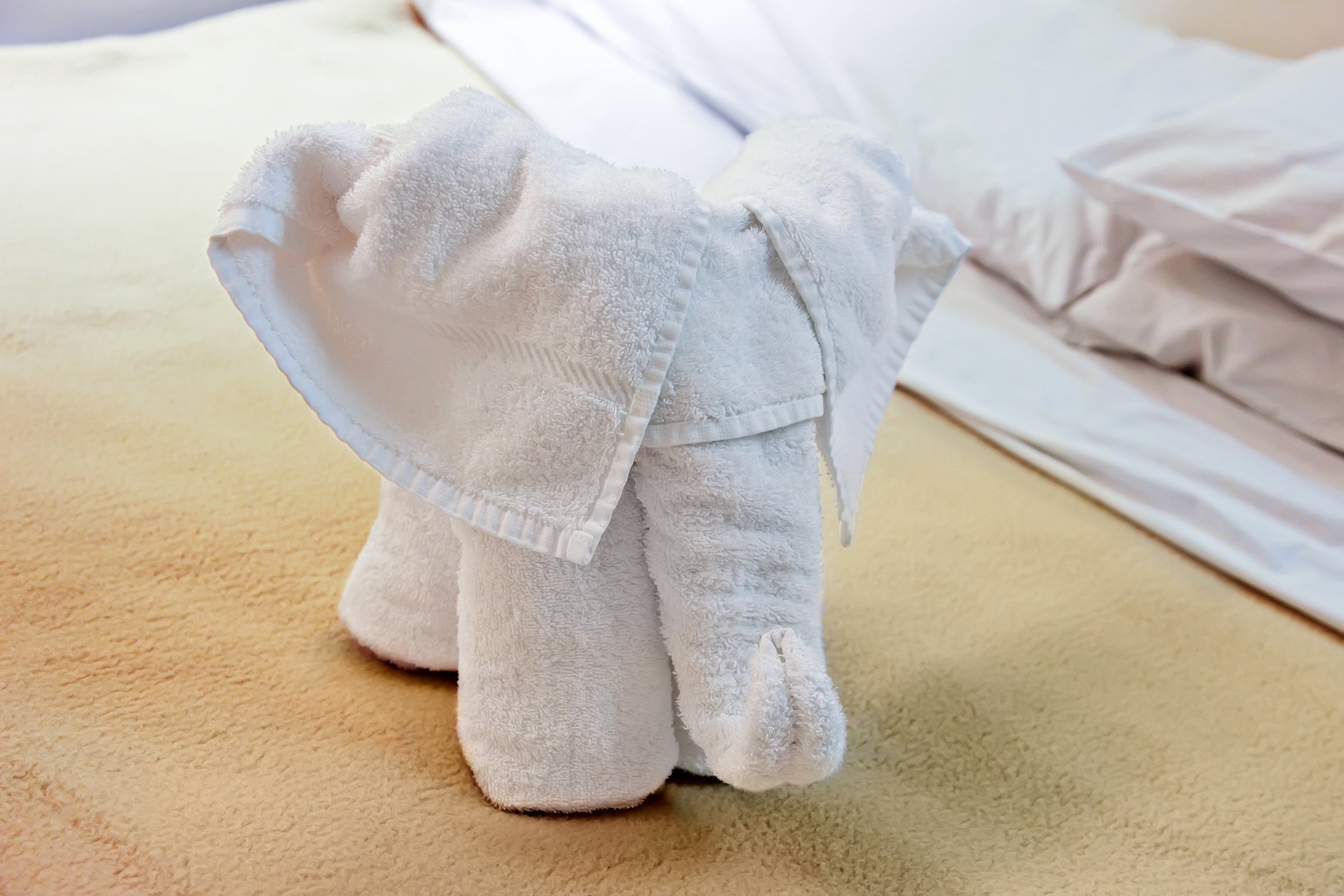
Many first-time cruisers are not aware of the daily service charge that is part of a final bill, varying by cruise line but anywhere from $12 to $17 for each person daily. There’s also automatic gratuities added to electronic billing for each premium drink or coffee beverage bought aboard. “Years ago they were paid in cash by passengers at the end of the cruise,” Hirsch says.
SPECIALTY RESTAURANTS
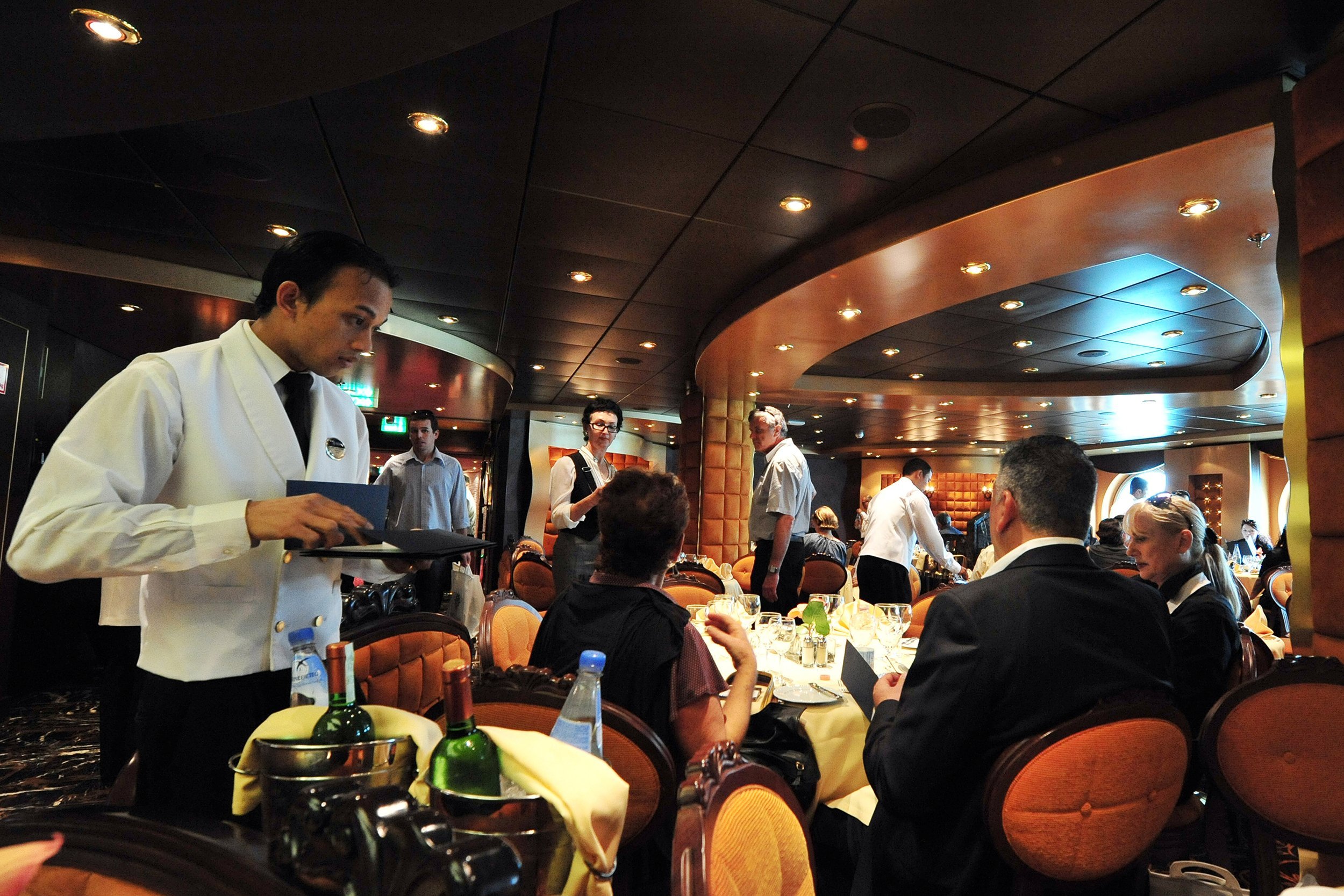
Cruises are famous for the food, particularly buffets. But a lot of the best food has been moved into specialty restaurants that cost extra, former travel agent Grainne Kelly says. “The cost is nominal compared to a restaurant at home, but needless to say some of the better selections now cost a bit more,” Kelly says.
Trending on Cheapism
PREMIUM MENU ITEMS
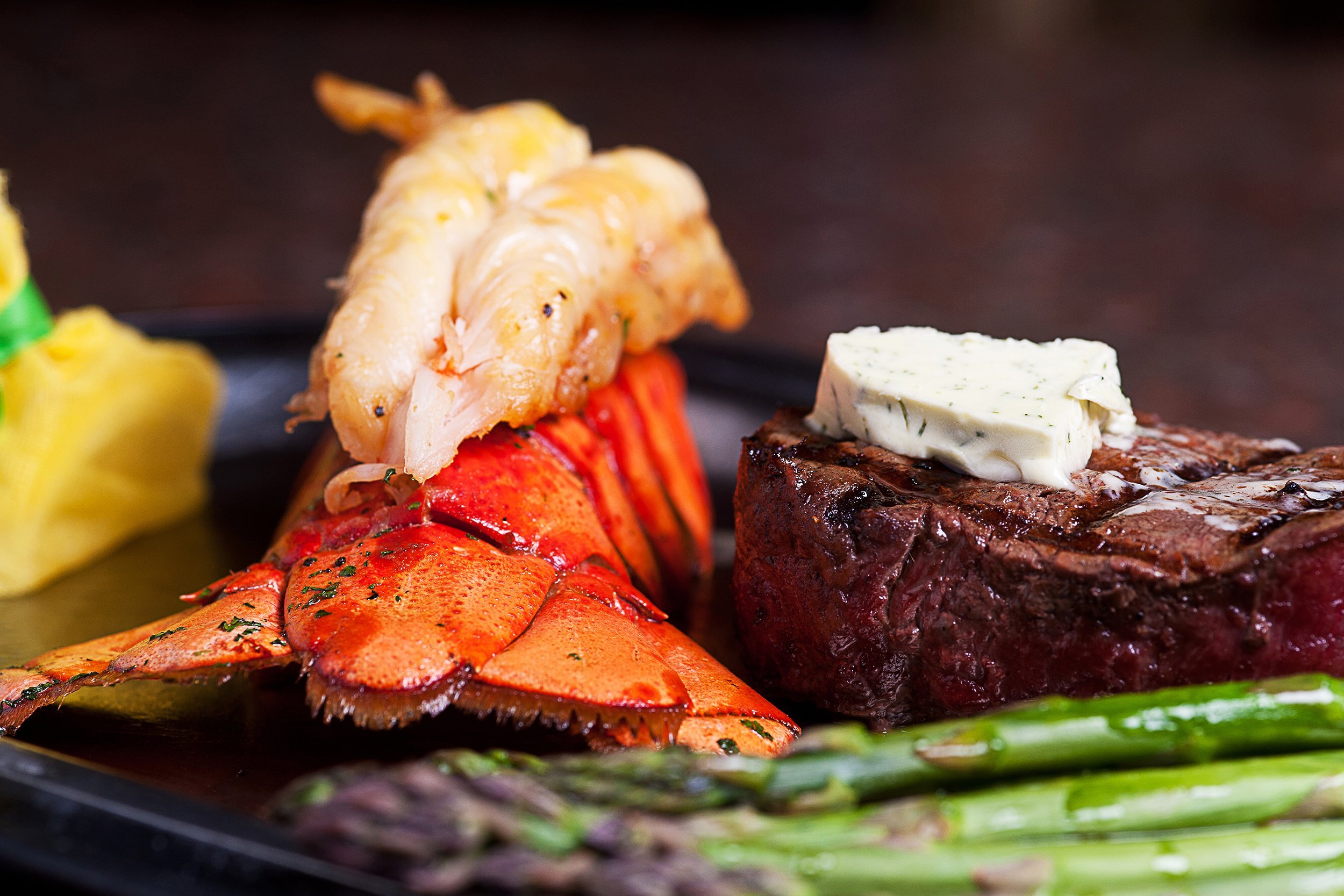
Some cruise lines also charge more for a specialty meal options in the main dining room. The best cut of meat or a lobster dinner may bring an upcharge.
INTERNET
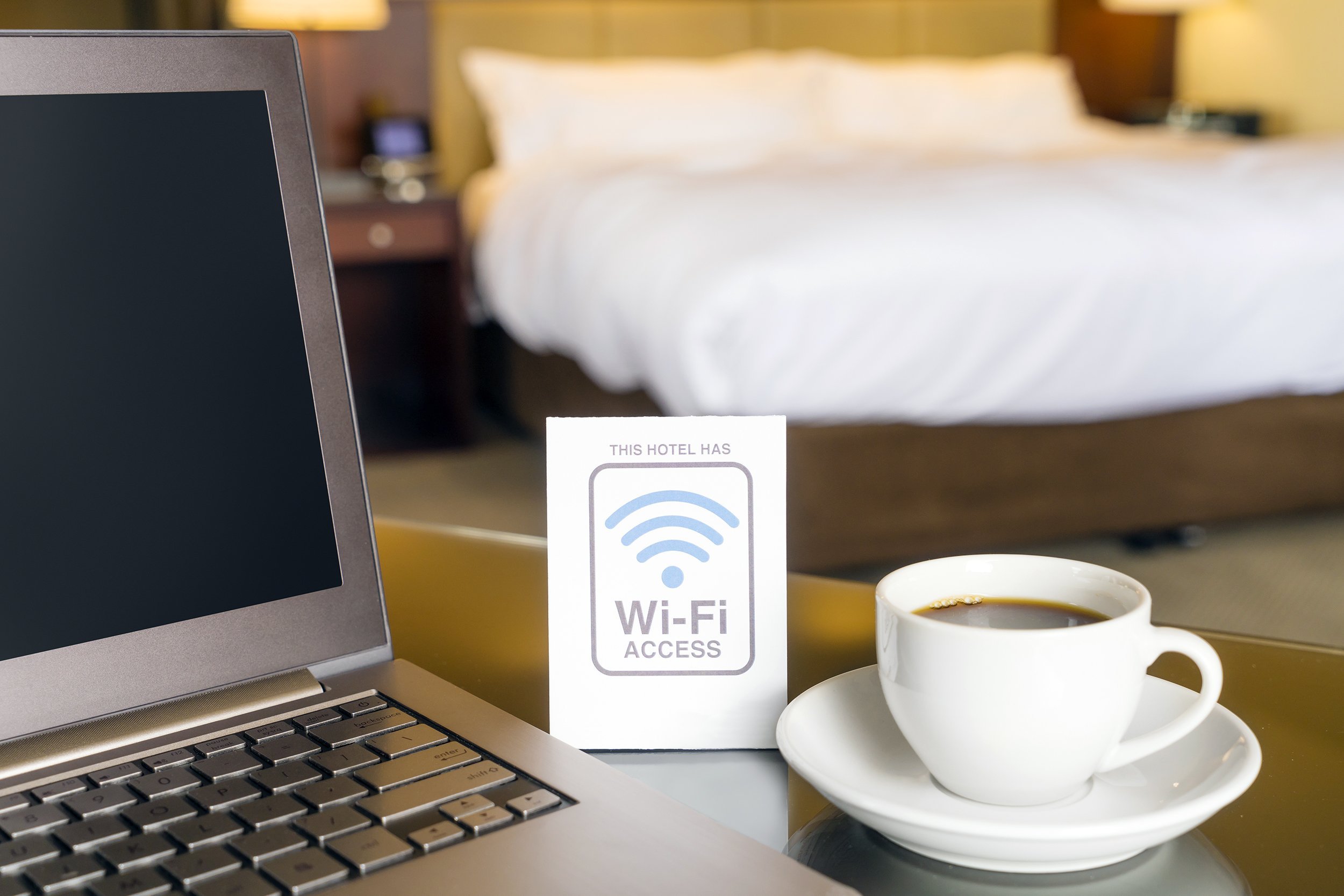
Until recently, smartphone addiction wasn’t an option at sea. Now, many ships offer Internet access via satellite, though it isn’t cheap or predictable. Cost and quality varies by line and ship. Royal Caribbean and sister line Celebrity are the gold standard, Hirsch says, but “speeds range from perfectly manageable for basic web browsing to ‘Wow, why can’t access be this quick at my house?’” Charges on some lines start at $9 a day, or $5 for access only to social media such as Facebook; some have pricey pay-by-the-minute plans. Don’t expect universal, free onboard Wi-Fi for another five to 10 years, TravelPulse says,
TOILETRIES AND CONVENIENCE ITEMS
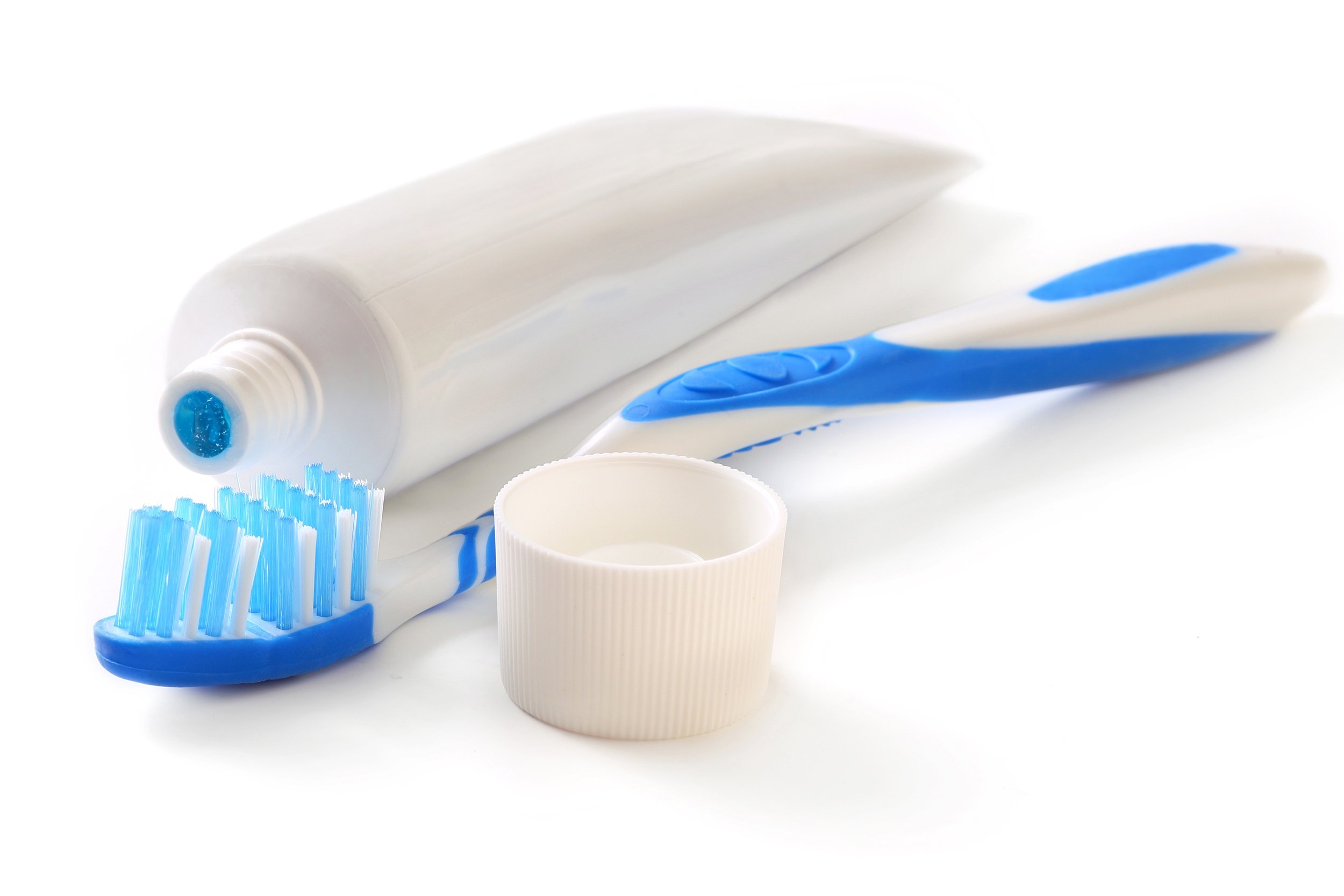
Forgot a toothpaste or toothbrush? You may be a little startled by shipboard replacement prices for these little items. “Amazon Prime is not available, so they can name their own price,” Hirsch says of cruise lines. Consider waiting to buy an item in port, where it will be cheaper.
Sign up for our newsletter
SHORE EXCURSIONS
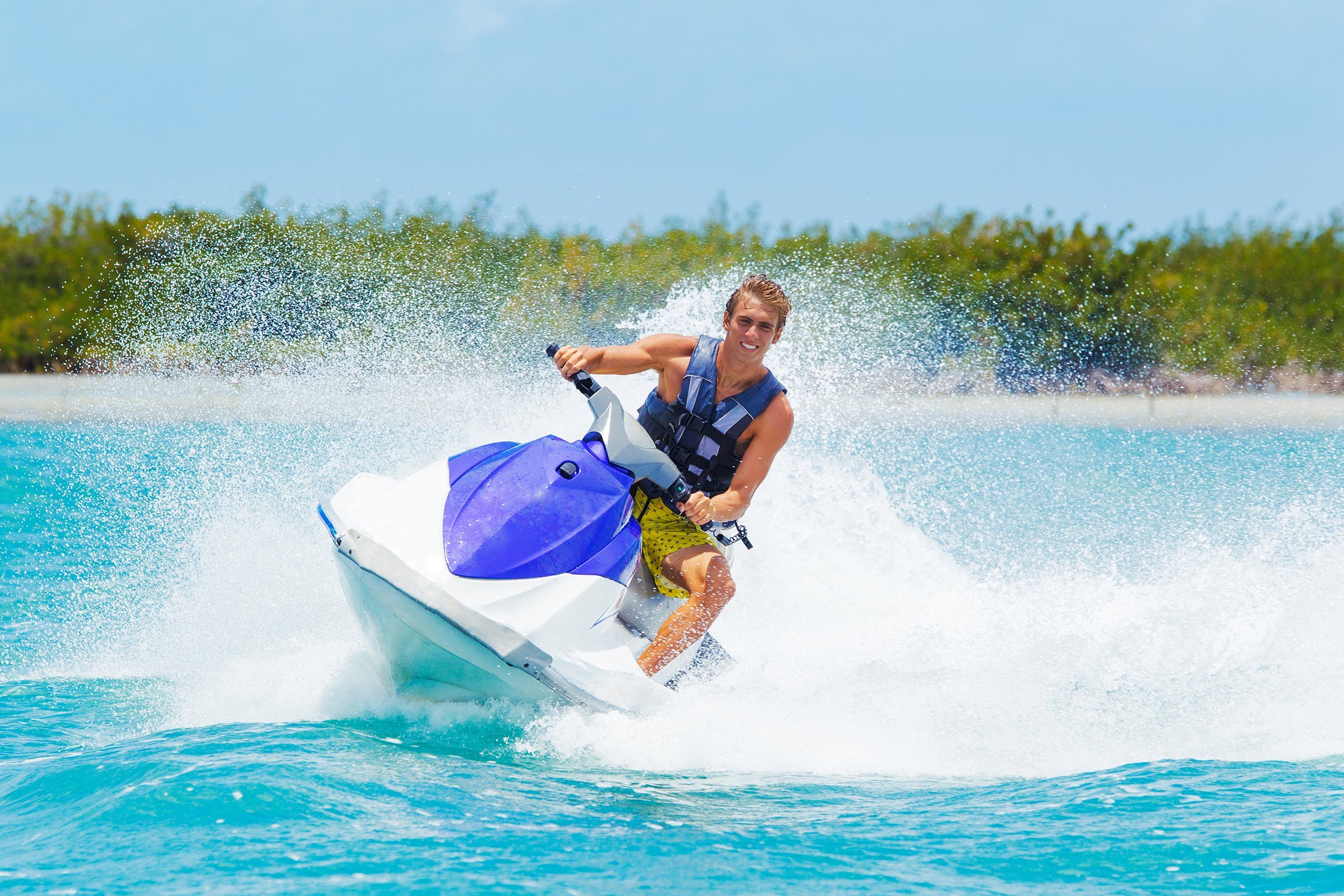
Shore excursions or tours taken in port are generally not included in a fare, unless it’s a smaller cruise, such as a river cruise. Wherever you choose to book, be prepared to pay extra. “Don’t, however, assume that prices are always higher when booking tours through the cruise line,” Hirsch says. “While they often inflate prices a bit, on occasion they get such good volume discounts that they may be cheaper than booking independently.”
GETTING SICK WHILE AT SEA

Be sure health insurance provides coverage for getting injured or sick on cruises that leave the United States, Kelly says. Or avoid unexpected expenses with vacation insurance, which includes medical care and evacuation coverage. “It can be very expensive to fly you home during a medical emergency,” Kelly explains.
SHORE TIME
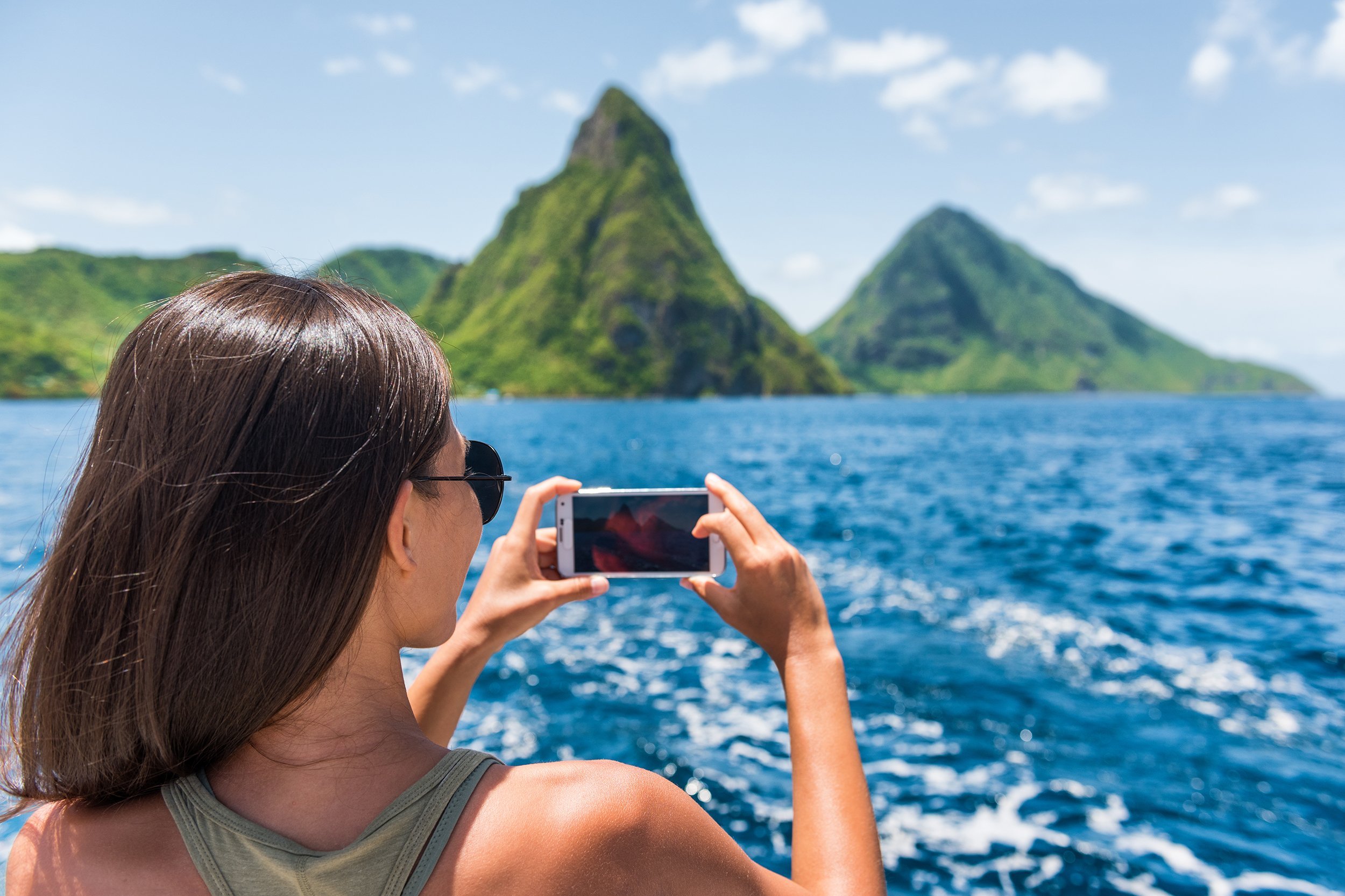
One of the most frequently cited cruise drawback is limited time ashore, especially for people seeking immersive, authentic cultural experiences in ports designed to cater to tourists. Ships follow strict schedules on port departures, typically giving travelers no more than 10 hours to sightsee. The wait in line to get off the ship is a factor worth keeping in mind, as it cuts into the amount of time available to explore at each stop.
GROUP EXERCISE CLASSES

If treadmills are not your thing, maintaining an exercise routine while cruising (particularly given all the food) might mean paying extra for exercise classes. The cost catches many cruisers by surprise, says Ben Harrell, a brand and digital marketing executive at Priceline. Not all lines charge, but on many it’ll be $10 to $25 or more for yoga, spinning, or pilates.
SPA FEES
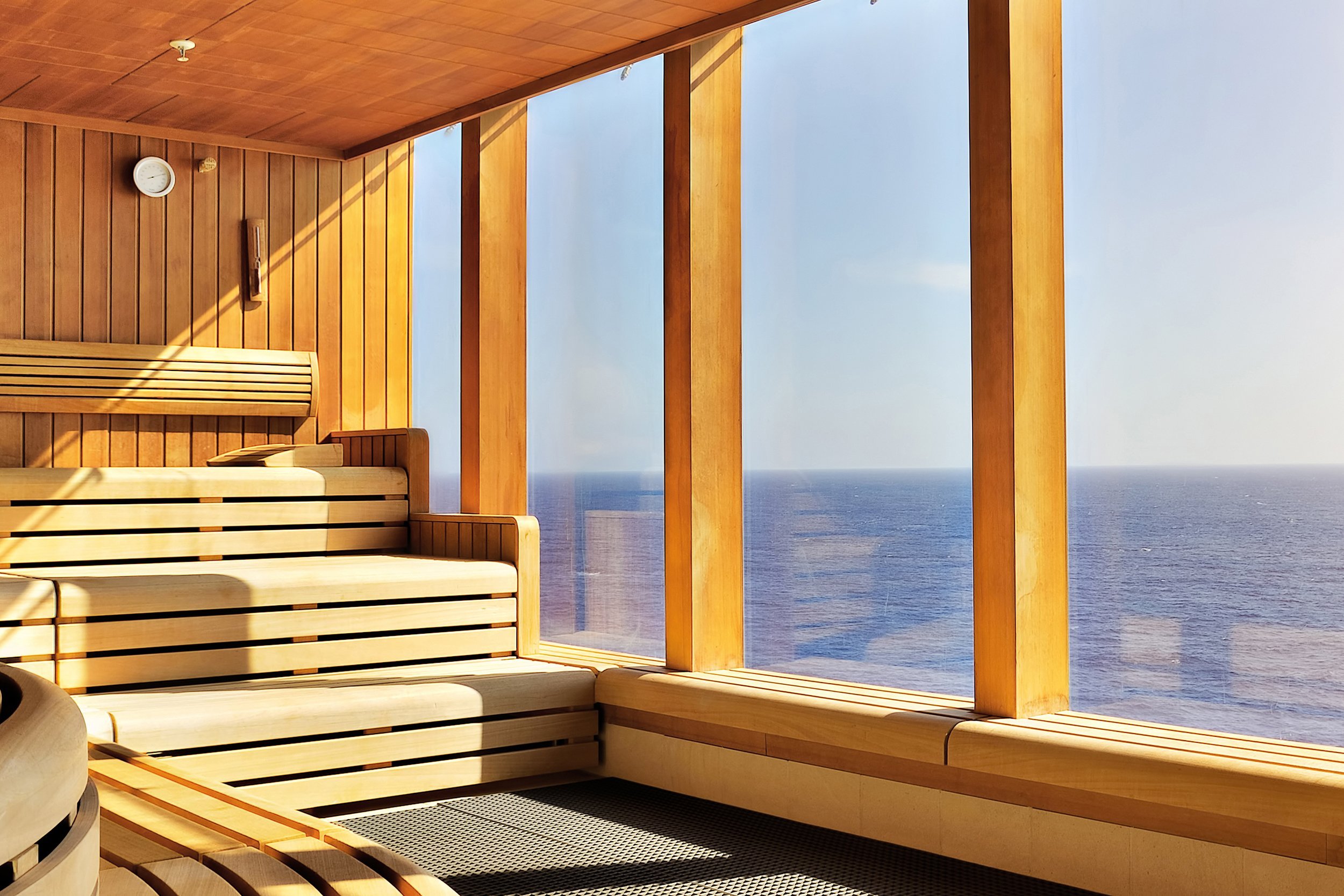
Basic amenities in the ship spa (think steam room and saunas) may be free, but fancier options such as hydrotherapy areas, thalassotherapy pools, or thermal suites often cost from $20 to $40 for day access or hundreds of dollars for weekly passes.
LAUNDRY

Like at most hotels and resorts, having clothing cleaned while traveling is not free. Prices vary by company, but ship dry cleaning can be $2.50 an item and up. Some ships also have self-service facilities, with one or two washers and dryers and even irons. On lines such as Carnival it might be $3.25 for a wash and another $3.25 to dry.
EMBARKATION DAY
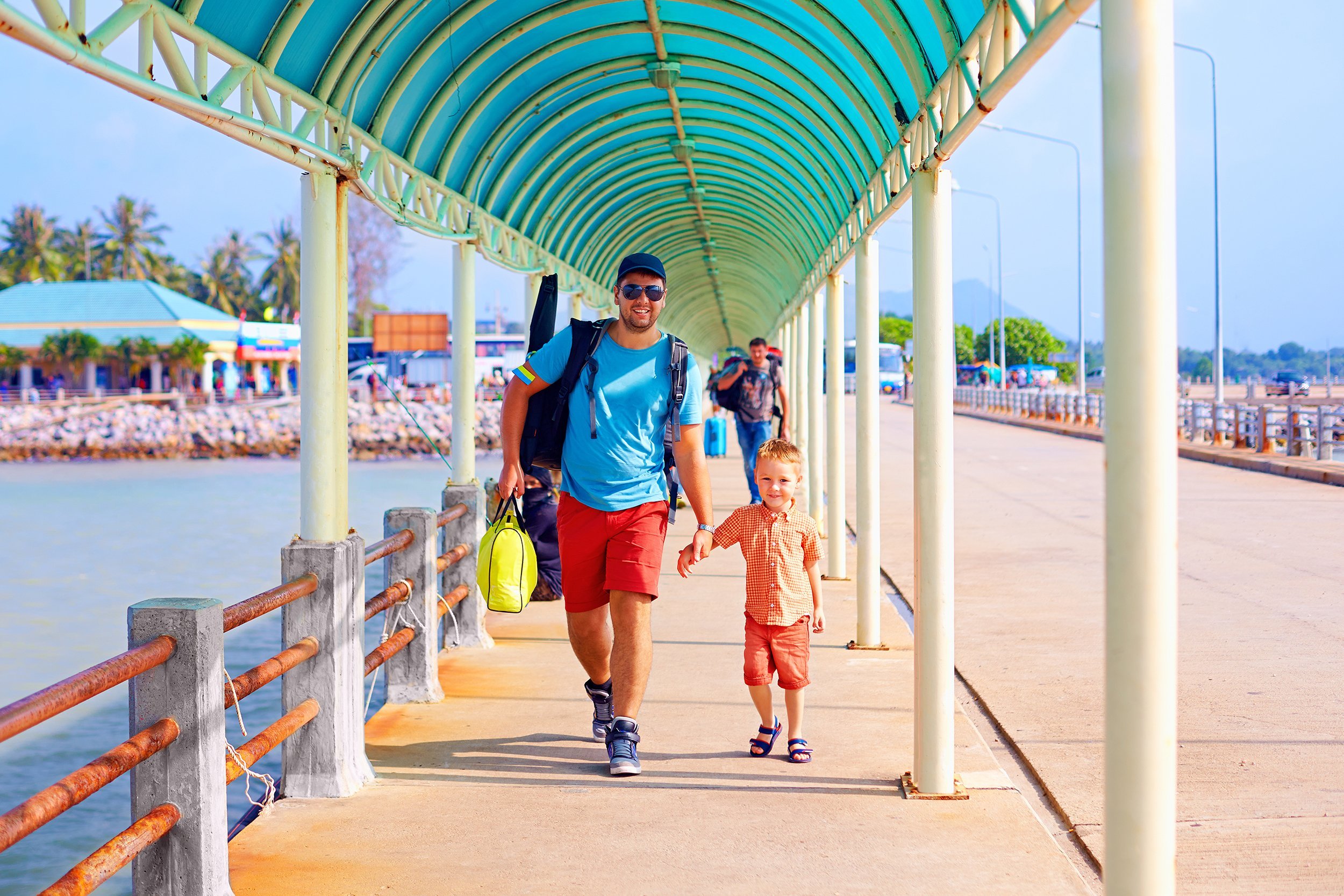
Thousands of people competing to get onto a ship at the same time is rarely pretty. The best way to handle the initial boarding madness is to kill time in an out-of-the-way restaurant onboard, not the main buffet. “Increasingly, ships open other restaurants on embarkation day to make your first few hours onboard a bit calmer,” Hirsch says. There may be a cost for this calming snack.
BABYSITTING
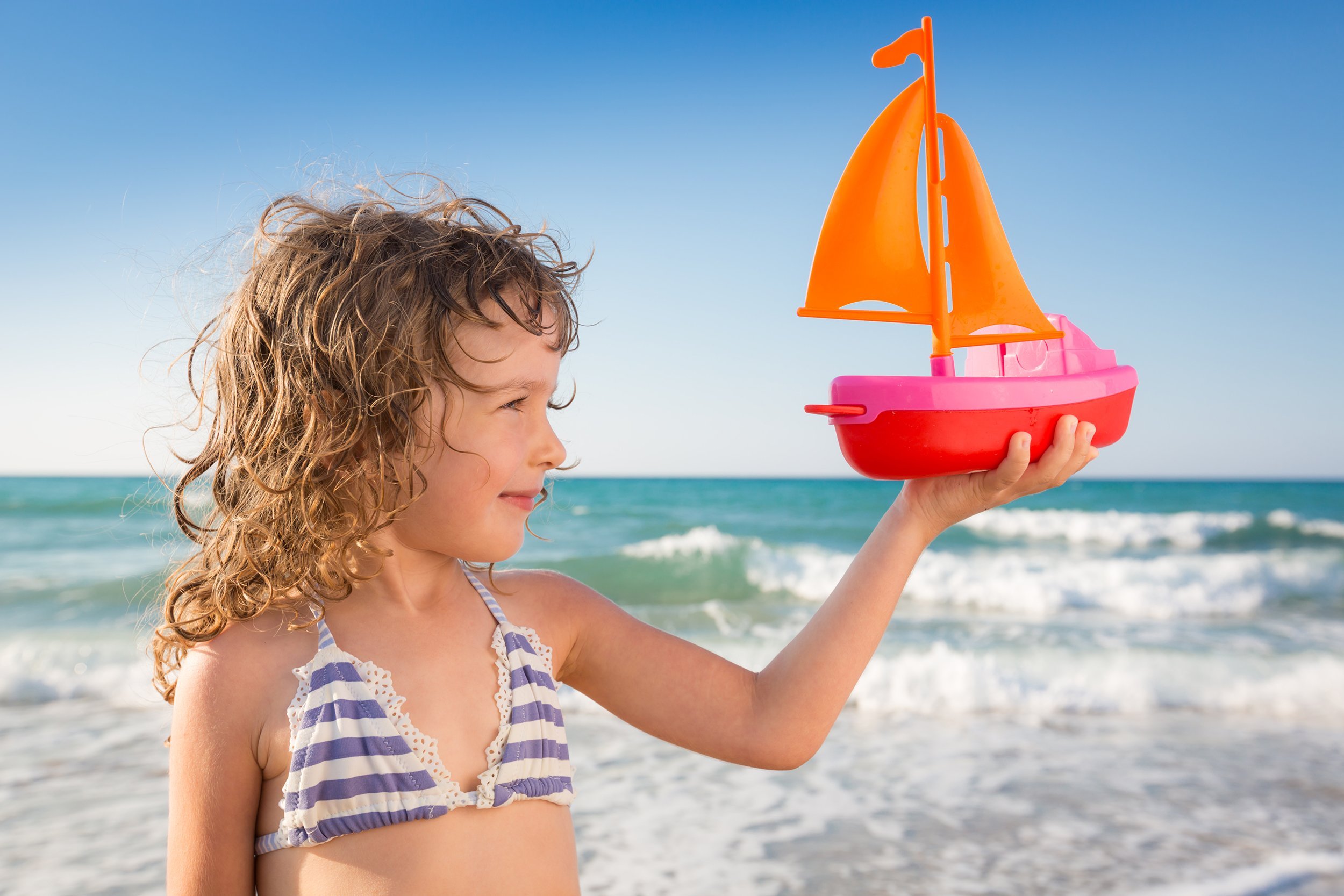
There are plenty of ship activities for kids, but they rarely extend into the late evening. Taking in a show or having a romantic dinner might require a babysitter. Expect an hourly fee for each child placed in group babysitting; a few lines offer in-room babysitting, also paid by the hour.
CORKAGE FEES
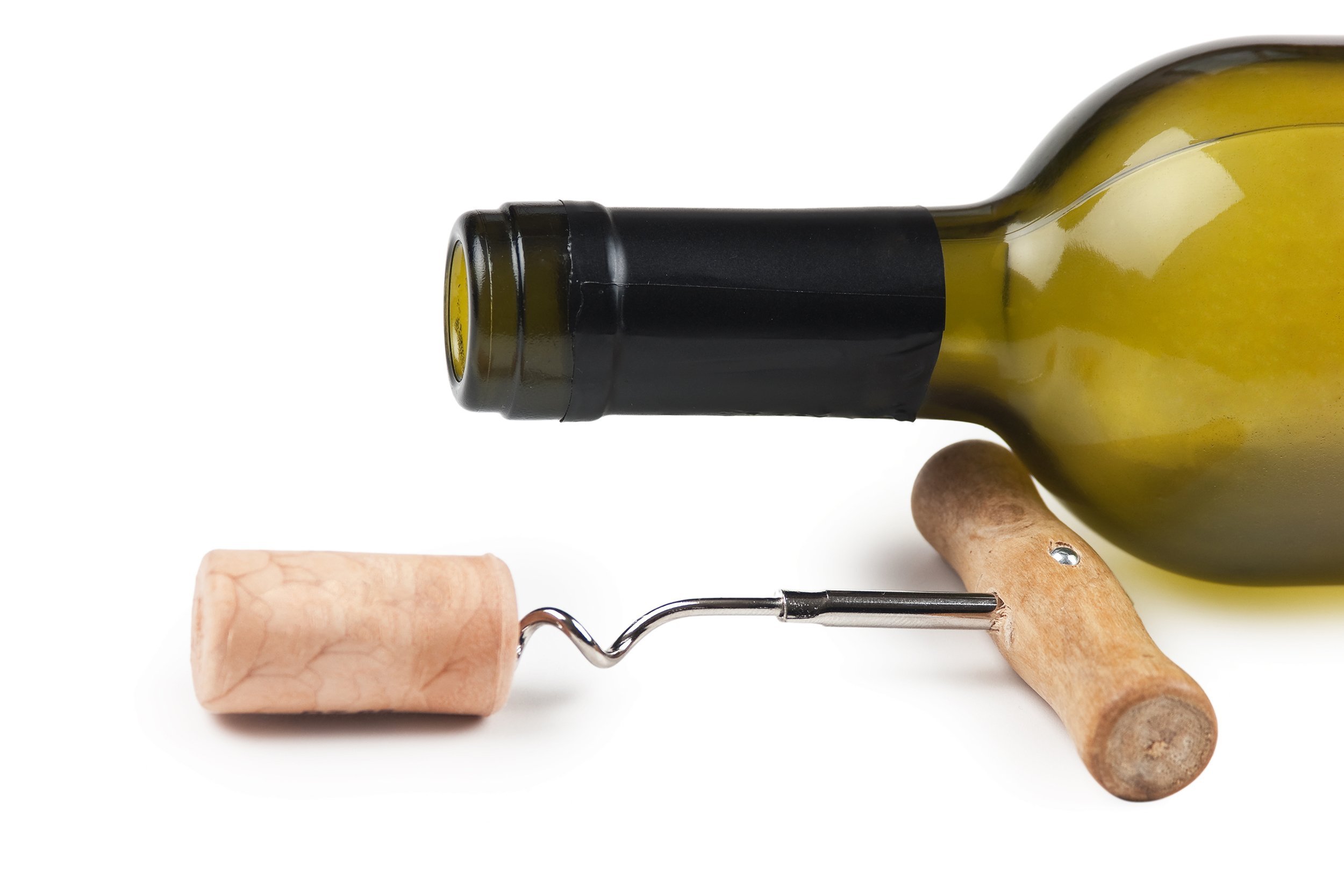
Feel free to bring a favorite wine or champagne aboard. It’ll save a bit of money — but like many restaurants on land, there can be corkage fees. On Royal Caribbean, it’s $15 for each bottle.
